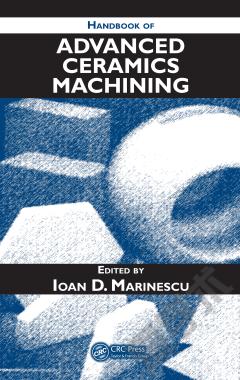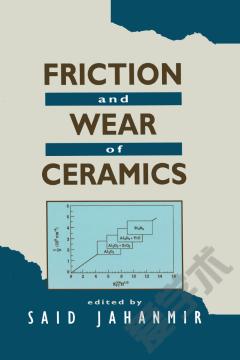Handbook of Ceramics Grinding & Polishing
Focusing on the machining of ceramic materials such as silicon nitride, silicon carbide, and zirconia, this handbook meets the growing need in industry for a clear understanding of modern improvements in ceramic processing. The presentation is international in scope, with techniques and information represented from the USA, Japan, Germany, and the United Kingdom countries that have made important contributions to the field. The 20 expert chapter authors explore the challenge of reducing the costs of machining operations, a continuing problem in an industry where ceramic parts must be machined into final form to achieve a proper fit. The handbook reveals that the abrasive machining of ceramic materials will always be a requirement because of the difficulty of controlling parts dimensions at the high temperatures required in their creation. The contributors then explain the properties and characteristics of ceramics, the various types of abrasive processes, and typical tests used in the procedures. An entire section of the handbook concerns grinding tools, their conditioning, lubrication, and cooling, checking for wear on the tools, and using them efficiently. The book also examines modern honing and superfinishing tools and machines, and describes advances in the technology, as well as lapping and polishing techniques using chemical compounds and ultrasound. Ceramics is a field where more advanced products are sure to appear. Many of the products will require advanced, better-controlled processing technologies; vastly improved productivity in manufacturing; and increased product reliability. The contributors to this Handbook will assist readers in the attainment of these important goals.
{{comment.content}}








 京公网安备 11010802027623号
京公网安备 11010802027623号